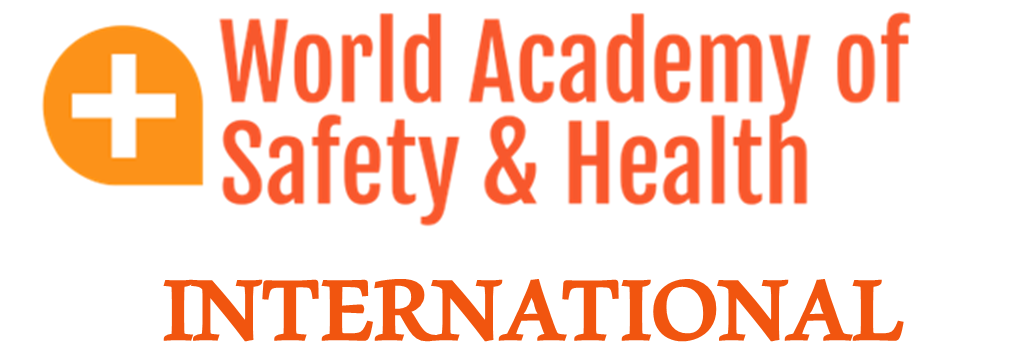
Swift Water Rescue is a critical aspect of water safety and rescue operations. World Academy of Safety & Health (WASH) International – Maritime Safety Division offers swift water rescue certification cross the globe. Swift water rescue involves the specialized techniques and equipment necessary to safely rescue individuals in fast-flowing rivers, streams, or floodwaters. Given WASH’s international recognition in water rescue, we have comprehensive training programs in this area.
Swift Water Rescue teams face unique challenges due to the unpredictable nature of fast-moving water. Here are some key points related to swift water rescue that your organization might find valuable:
- Specialized Training: Swift water rescue training should cover various aspects, including hydrology, risk assessment, knot tying, boat operations, and victim retrieval techniques. It’s essential to equip rescue personnel with the knowledge and skills to respond effectively in such dynamic environments.
- Equipment: Swift water rescue requires specialized equipment such as throw bags, personal flotation devices (PFDs), helmets, drysuits, rescue ropes, and inflatable rescue boats. Ensuring that your training programs include instruction on the proper use and maintenance of this equipment is crucial.
- Teamwork: Effective teamwork is vital in swift water rescue scenarios. Rescuers need to communicate clearly, coordinate their actions, and work together to ensure the safety of both victims and responders. Training should emphasize these teamwork skills.
- Risk Assessment: Understanding the dynamics of fast-flowing water and assessing the risks associated with a rescue operation are essential. Training should teach responders how to evaluate the situation and make informed decisions to minimize risks.
- Emergency Medical Response: Swift water rescue often involves providing initial medical care to victims. Including basic medical training in your programs can be beneficial, as it prepares rescuers to address injuries or medical emergencies.
- Environmental Considerations: Different environments pose various challenges. For example, river rescues are different from floodwater rescues. Training should address these differences and provide strategies for responding to various scenarios.
- Regulations and Standards: Make sure your training programs align with international standards and regulations related to water rescue and safety. For example, STCW (Standards of Training, Certification, and Watchkeeping) may have specific requirements for maritime rescuers.
Our comprehensive Swift Water Rescue training program meet the needs of government entities, private companies, and individuals worldwide.
